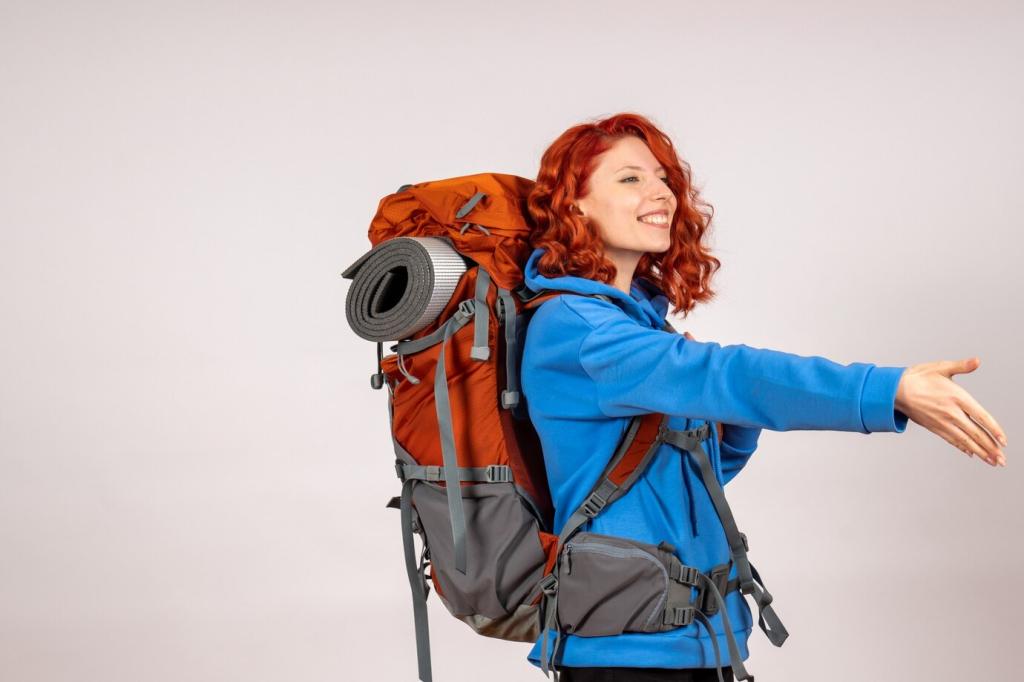Mirrorless, Action, or Rugged Compact: Picking the Right Form Factor
Modern mirrorless bodies like the Sony a1/a9 III, Canon R5/R3, Nikon Z8/Z9, Fujifilm X‑H2S, and OM System OM‑1 bring elite autofocus, IBIS, and resilient builds. Pair them with sealed zooms for weatherproof reliability. Heavier than compacts, yes—but unmatched for image quality and control in unpredictable conditions.
Mirrorless, Action, or Rugged Compact: Picking the Right Form Factor
GoPro HERO12 Black, DJI Osmo Action 4, and Insta360 models excel when mounted to helmets, handlebars, or chest harnesses. They resist shock, water, and mud while delivering stabilized, immersive perspectives. Use hydrophobic lens covers and keep a spare battery warm. What’s your favorite mount for sketchy terrain?











